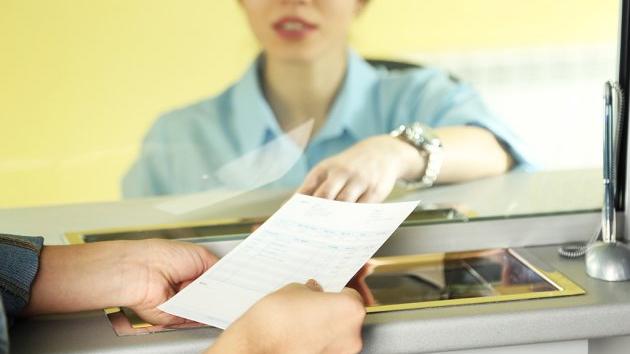IMF Confirms Second Review of Arrangement with Serbia
Source: eKapija
 Thursday, 21.12.2023.
Thursday, 21.12.2023.
 15:51
15:51
 Thursday, 21.12.2023.
Thursday, 21.12.2023.
 15:51
15:51
Illustration (Photo: Pressmaster/shutterstock.com)

– The fact that this time again the decision was made without convening a formal Board meeting – which is possible only if a country is pursuing sound economic policies and achieving good macroeconomic results – is yet another proof that Serbia is on the path of solid growth – said Governor Tabaković, as announced by the National Bank of Serbia (NBS).
The IMF Executive Board concluded that Serbia’s macroeconomic outturns under the programme remain strong, with recovering growth, ongoing disinflation, a narrowing current account deficit, and record high FX reserves. The planned 2024 fiscal deficit has been additionally scaled down relative to 2023, while providing room for needed public investment.
This time again the IMF assessed that the Republic of Serbia’s implementation of the agreed economic programme is on track:
- all quantitative performance criteria and indicative targets were met, and the structural reform momentum has been maintained,
- despite a challenging global environment, Serbia’s growth is expected to reach about 2.5% in 2023, increasing to 4.5% in 2025 as domestic demand recovers,
- the labour market is robust and unemployment is poised for a further decline in the years to come,
- inflation is on a firm, downward path and set to return within the target band in the course of 2024,
- FX reserves are at record high levels,
- the current account deficit has narrowed down significantly (expected to reach only 2.3% of GDP in 2023 and to be sustained at up to 3.5% of GDP in the next two years),
- FDI inflows remain robust, with a positive outlook,
- the country’s financial stability has been maintained,
- the banking sector is liquid and well-capitalised,
- the Serbian authorities are committed to the implementation of agreed policies, fiscal consolidation continues in accordance with the programme, with a further contraction in the share of public debt in GDP,
- by end-2025 the fiscal deficit is expected to fall to 1.5% of GDP and public debt to below 50% of GDP, though government capital investment is likely to remain high,
- reflecting lower global energy prices and the adjusted tariffs, the financial position of energy companies has improved.
The IMF Executive Board’s positive assessment of Serbia’s performance enables access to around EUR 400 mn (SDR 316.53 mn).
Having in mind the substantial reserves, the creation of fiscal space and sustainable financing of the balance of payments, going forward the arrangement will be treated as precautionary (i.e. without any drawdowns, except in case of balance of payments needs), which is one review earlier than expected at the time of SBA approval, the press release says.
The current SBA worth around EUR 2.4 bn (SDR 1,89 bn or 290% of our quota in the IMF) was approved to the Republic of Serbia on 19 December 2022, for a period of 24 months. The SBA is intended as support to advancing the structural reform agenda, with a special emphasis on the energy sector. The goals of the agreed economic programme are to preserve macroeconomic and financial stability, to strengthen the economy’s resilience to the energy crisis, and to foster higher, greener, inclusive and sustainable growth over the medium-term by implementing comprehensive structural reforms.
Tags:
International Monetary Fund
IMF
National Bank of Serbia
NBS
Jorgovanka Tabakovic
standby arrangement
Comments
Your comment
Naš izbor
Most Important News
Full information is available only to commercial users-subscribers and it is necessary to log in.
Follow the news, tenders, grants, legal regulations and reports on our portal.
Registracija na eKapiji vam omogućava pristup potpunim informacijama i dnevnom biltenu
Naš dnevni ekonomski bilten će stizati na vašu mejl adresu krajem svakog radnog dana. Bilteni su personalizovani prema interesovanjima svakog korisnika zasebno,
uz konsultacije sa našim ekspertima.


 Izdanje Srbija
Izdanje Srbija Serbische Ausgabe
Serbische Ausgabe Izdanje BiH
Izdanje BiH Izdanje Crna Gora
Izdanje Crna Gora


 News
News











